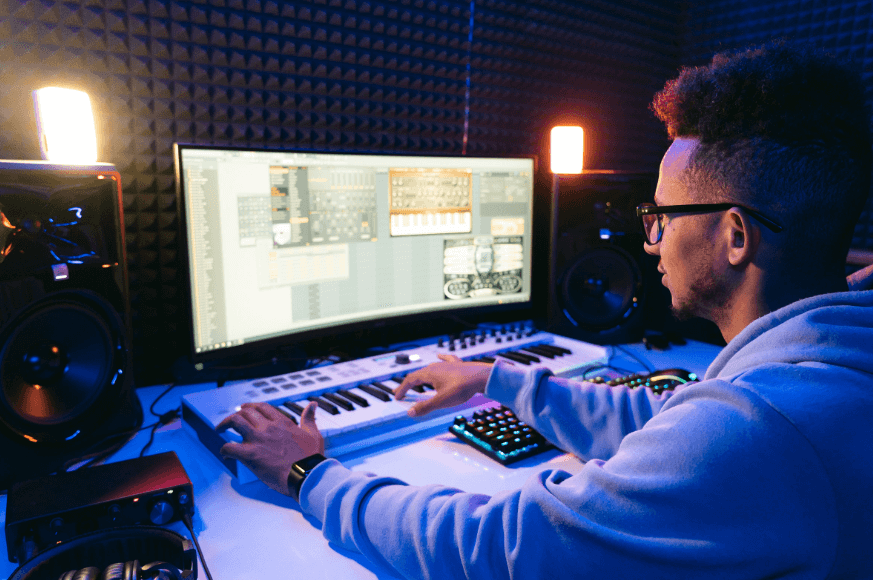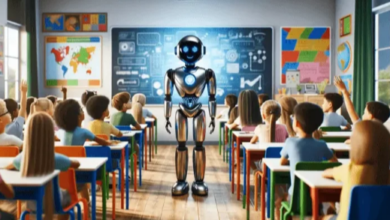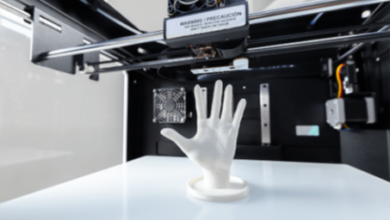Technology has always played a crucial role in shaping the way music is made, but in recent years, the transformation has been nothing short of revolutionary. From the earliest recording devices to today’s digital innovations, musicians have consistently embraced new tools to create, refine, and share their work. Today, music creation is being reshaped at a rapid pace, thanks to powerful digital tools, artificial intelligence, and global connectivity.
Digital Production Tools: The New Studio
Modern music production no longer requires a traditional studio with expensive hardware. Instead, digital tools on computers and mobile devices allow artists to record, edit, and mix music from virtually anywhere. Musicians can layer multiple instruments, adjust timing and pitch, and apply effects—all with precision and flexibility.
This accessibility has opened the doors for more people to produce music, regardless of their location or financial background. Artists can create professional-quality music from their bedrooms, leading to an explosion of creativity and innovation around the world.
See also: Legal Translation Services for Patent Filings in the US
The Role of Artificial Intelligence in Music
One of the most groundbreaking changes in recent years is the use of artificial intelligence in the creative process. AI systems are now capable of generating melodies, harmonies, rhythms, and even lyrics. This development has given rise to AI music, where machines assist or independently create musical compositions.
AI helps speed up the songwriting process, inspire new ideas, and even fill in gaps in a piece of music. While some worry about machines replacing human musicians, the reality is that AI is becoming a powerful collaborator—enhancing, not replacing, human creativity.
Virtual Instruments and Expanding Sound Libraries
Virtual instruments have expanded the musical palette available to creators. Artists can now access a wide range of instrument sounds digitally, from classical strings and wind instruments to electronic synths and global percussion. These tools allow for rich, layered compositions without the need for physical instruments or live performers.
With high-quality digital sound libraries, creators can experiment with new genres and cultural sounds, blending influences in ways that were once difficult or expensive to achieve.
Global Collaboration Through Technology
Technology has also made it easier for musicians to collaborate across distances. Cloud-based tools and real-time editing platforms enable artists to work together from different parts of the world. This global collaboration leads to diverse musical styles and innovative fusions that transcend borders.
Whether sharing ideas, co-writing songs, or producing tracks together, artists now have more ways than ever to create together, no matter where they are.
The Future: Immersive and Interactive Music
Emerging technologies like virtual and augmented reality are beginning to influence how music is created and experienced. In immersive environments, musicians can shape sound in three-dimensional space, offering new levels of interaction and audience engagement.
These innovations point to a future where music is not just heard but felt and experienced in more dynamic, interactive ways. It represents a major shift from traditional listening to immersive storytelling through sound.
Conclusion
Technology is reshaping music creation in profound and exciting ways. From AI-powered composition to global collaboration and immersive experiences, the modern musician has a vast array of tools at their disposal. These advancements are not replacing human creativity—they are expanding it.
As technology continues to evolve, it will open even more possibilities for artists to express themselves, connect with others, and redefine what music can be. The future of music is not only digital but deeply human—powered by innovation and driven by creativity.






